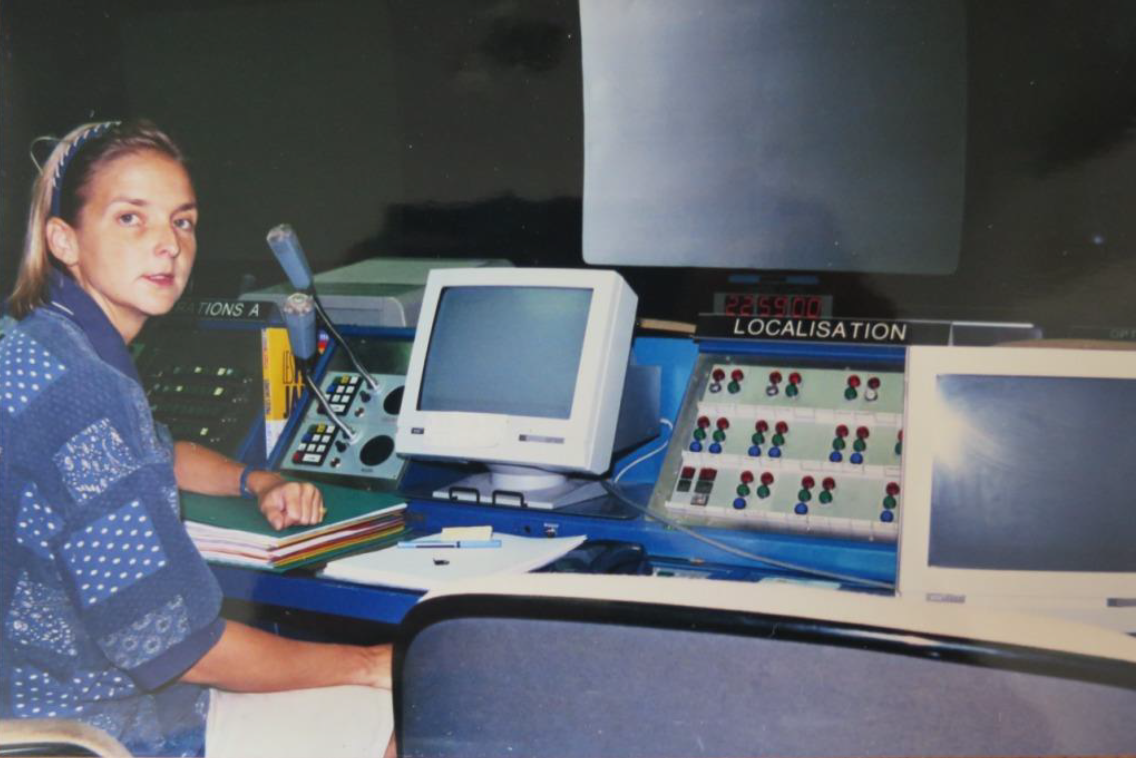After spending a short weekend on April 13-14 in my native country of Sweden, April 15 found me in the plane across the Atlantic while Notre Dame was burning back in Paris.
Time is a flexible element. In a few short hours the work of past generations went up in smoke. The Paris Fire Brigade did what they could, saved essential parts of the edifice, and
life moves on. It is the same French national Fire Brigade that is stationed here at Europe’s Spaceport to protect us in case of fire, toxic fumes, flooding and more mundane matters like snakes and beehives at the wrong place — which is reassuring, considering what a brilliant job they did saving Notre Dame.
May is a quiet month this year in terms of launches, but that does not mean that we are all sitting idly. After an incredibly busy period stretching from July to April, a gap is welcome in order to do maintenance and advance on fundamental tasks.
Europe’s Spaceport was first opened 14 April 1964, meaning that this spring 2019 marks the 55th birthday of the building of the Spaceport. The area that houses the ESA office was constructed in the 1960s, and then added to as necessary; I was actually present when the last building projects were executed in 1996. Today, there are a myriad of buildings and, as you can imagine, maintenance and general upkeep is no negligible task.

All the buildings of Europe’s Spaceport, with the years at which they were constructed.
The above is the Technical Centre of Europe’s Spaceport. Apart from administrative buildings, it also houses a set of cleanrooms constructed in 1969 (but renovated few times since
then!). One famous alum of the Spaceport cleanrooms is Galileo, so you can be sure the quality is top notch. As I write this, I actually remember sitting there during the period over Christmas and New Year’s 2010/2011 with the rain pouring down. I was baby sitting ESA’s Automated Transfer Vehicle (ATV), which had been located previously in one building but had been temporarily moved to one of the cleanrooms for reasons I can not remember; probably because they were busy working on that particular building over the holidays.
You can also spot the Jupiter (or Jupiter 2) control room; during live launches, it is the inside of Jupiter 2 that is being shown during the launch video transmissions. I used to work in Jupiter 1 — first used in 1969 — and then in Jupiter once it was inaugurated in what I believe was 1995 or 1996. My first office was in the Mars building, built in 1979.
I can’t resist including a very ancient picture from my console in Jupiter 1 — that part has since been dismantled!

Oh, the memories!
With so many memories at the ever-evolving Spaceport over the years, I can already imagine what it will be like to look back at these days in 2019 when the currently ongoing constructions are completed, like the Ariane 6 launch site. Who knows what the next thirty years will bring?
Charlotte Beskow
Head of the ESA Space Transportation Office in Kourou

Discussion: no comments